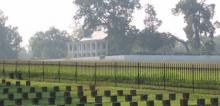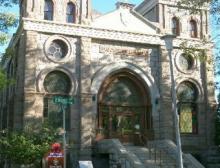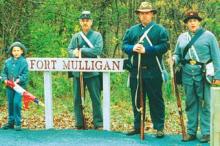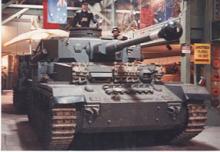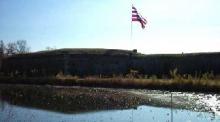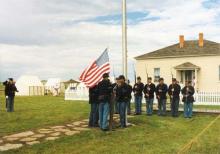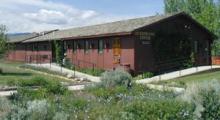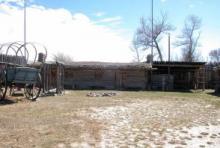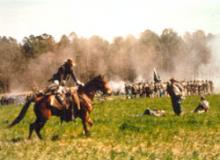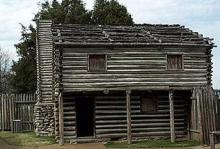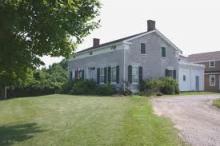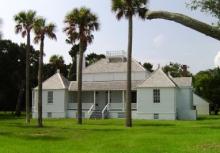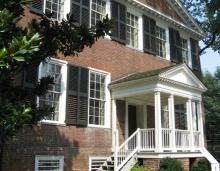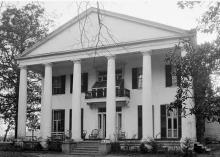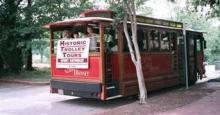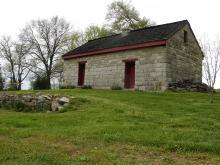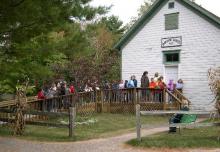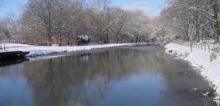Nevada State Museum / U.s. Mint
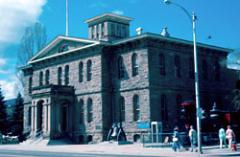
With an abundance of silver from the booming Comstock Lode, it was determined that Carson City would make an ideal location for a U.S. Mint, one of seven buildings serving as mints in the U.S. over the last 200 years. The mint at Carson City was a physical manifestation of the success of the Comstock Lode since it showed Federal recognition of the value of the mines located in the "hinterlands" of Nevada. Although the Carson City Mint was established by Congress in 1863, the Civil War delayed its construction. Ground-breaking ceremonies took place on July 18, 1866. The Mint opened in December 1869, with Abraham Curry, founder of Carson City, as the first superintendent. Beginning in 1870, eight coin denominations bearing the mint mark "CC" were produced until June 1, 1893. More than $49,000,000 of gold and silver was coined here. Coin collectors are very familiar with the desirable "CC" marks on gold coins such as Double Eagles ($20), Gold Eagles ($10) and Half Eagles ($5). Of course, silver dollars, half dollars, quarters, 20-cent pieces and dimes were also minted from metal mined on the Comstock.
The Carson City Mint was designed by Alfred Mullett, newly-appointed supervising architect for the U.S. Treasury Department. The Mint shows Mullett's early fascination with the Classical tradition, a style that predominated in the great post-Civil War building programs. In the Carson City Mint, Mullett combined both Greek and Classical traditions, adding an Italian Villa cupola. Most of the original building remains intact, and all materials for the Mint are native to Nevada. The sandstone was quarried at the State Prison, the brick was manufactured at the Adams Brick Works in Genoa (operated by John Quincy Adams' grandsons) and the interior wainscoting was milled from Tahoe sugar pine. The Carson City U.S. Mint's formal mint status was withdrawn in 1899, due to the drastic decline in mining on the Comstock. Afterward it served as an assay office. The Mint was remodeled to serve as the Nevada State Museum in 1941. Today the Mint's Press No. 1 resides at the museum.










